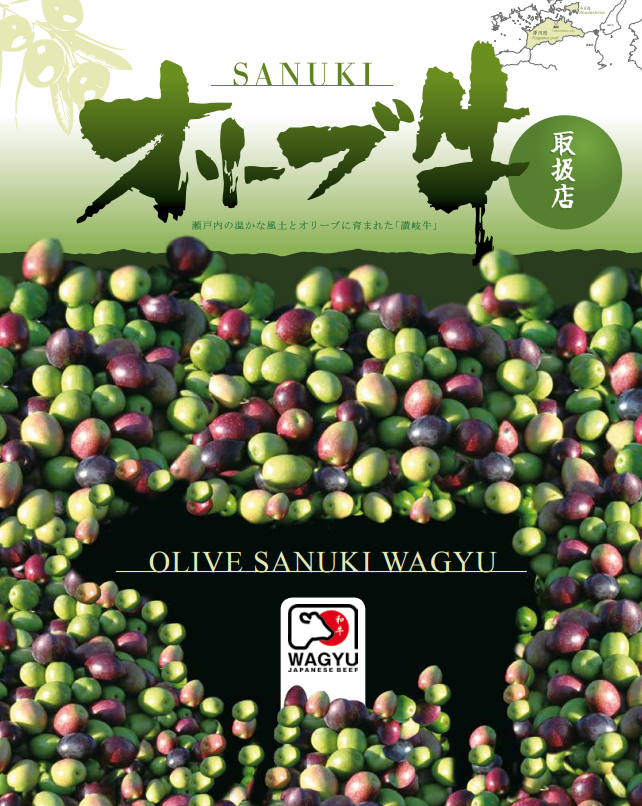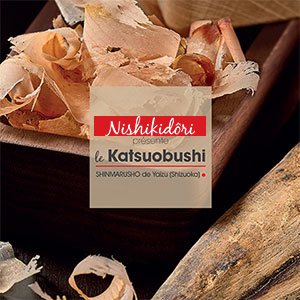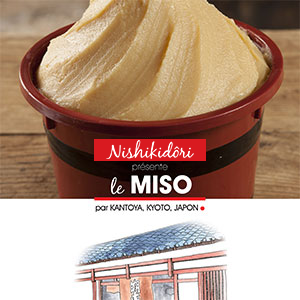Naši katalozi
Nishikidôri presents its range of more than 1500 references in this single book
Nishikidori, your expert in highly qualitative products from Japan's direct from Japan. For more than 12 years, we have been traveling all the 47 Japanese prefectures or soils, meets the best craftsmen we select for the quality, originality and authenticity of their products, for the respect of good practices and perfect traceability.
Today, more than 2000 professionals trust us, gourmet restaurants, starred restaurants, chocolatiers, pastries, glaciers ...
Also discover our range of Japanese authentic dishes:
Discover the catalog right here
Would you like to know more?
- Browse the catalog online By clicking on the image
- Download catalog Nishikidôri
Click here To start downloading - PDF format
Click here To start downloading - PDF format
Nishikidôri presents his selection of Japanese Sake
Uglinded but more and more appreciated and recognized for his qualities, the Sake is gradually inviting our tables. Indeed, we do not count the sommeliers and the chiefs who have been conquered by his taste qualities. Unlike the ideas received the Japanese saké rarely exceeds the 16 degrees. Less acidic and sweetener than wine, it agrees as much with Japanese cuisine and with western cuisine of the dessert aperitif.
Uglinded but more and more appreciated and recognized for his qualities, the Sake is gradually inviting our tables. Indeed, we do not count the sommeliers and the chiefs who have been conquered by his taste qualities. Unlike the ideas received the Japanese saké rarely exceeds the 16 degrees. Less acidic and sweetener than wine, it agrees as much with Japanese cuisine and with western cuisine of the dessert aperitif.
Just like wine, we will note when tasting, dress, color, nose and mouth.
The origin of the saké - the ingredients - the manufacturing process Would you like to know more?
- Browse the catalog online By clicking on the image
- Download our brochure entirely dedicated to Japanese Sake.
Click here To start downloading - PDF format
Click here To start downloading - PDF format
Genuine Katsuobushi of Yaizu - Made in Japan!
Ingredient constituting the essence of Japanese cuisine, necessary for the development of the Dashi Bouillon, the Katsuobushi helps to create the famous 5th Umami flavor (literally "tasty taste" in Japanese).
What is the "Katsuobushi"?
"Katsuobushi" is the common name of the smoked and dried bonus. The "katsuobushi" has several by-products with different names, depending on the steps and degree of the development process .....
Would you like to know more?
Ingredient constituting the essence of Japanese cuisine, necessary for the development of the Dashi Bouillon, the Katsuobushi helps to create the famous 5th Umami flavor (literally "tasty taste" in Japanese).
What is the "Katsuobushi"?
"Katsuobushi" is the common name of the smoked and dried bonus. The "katsuobushi" has several by-products with different names, depending on the steps and degree of the development process .....
Would you like to know more?
- Map the catalog Online by clicking on the image
- Download our brochure entirely dedicated to Japanese Katsuobushi. Click here To start downloading - PDF format
The history of Japanese miso
The miso, like soy sauce, is an essential element in the Japanese diet. It is said that it comes from a condiment called "Hishio" which had been made in China long before the common era. The Miso is a semi-solid fermented mixture and arrived with maturation, boiled soy beans or steamed, salt and kôji ...
How do we make the miso? What are the different variety of miso?
Would you like to know more?
The miso, like soy sauce, is an essential element in the Japanese diet. It is said that it comes from a condiment called "Hishio" which had been made in China long before the common era. The Miso is a semi-solid fermented mixture and arrived with maturation, boiled soy beans or steamed, salt and kôji ...
How do we make the miso? What are the different variety of miso?
Would you like to know more?
- Map the catalog Online by clicking on the image
- Download our brochure entirely dedicated to Japanese miso.
Click here To start downloading - PDF format
Click here To start downloading - PDF format
Nishikidôri presents the Yuzu de Kôchi
Would you like to know more?
Kôchi, country of horticulture, with a mild climate and a good geographic location, Kôchi prefecture offers many riches. For some years Kôchi has been positioned as the precursor in Japan in integrated control (IPM), an approach against the untimely use of chemical pesticides by reinstateing predators of harmful insects. [...]
The Yuzu is a citrus citrus citrus citrus from a thorny tree (2 to 5 cm thorns). A fruit of Yuzu weighs 120 to 130g. It has a thick and irregular skin. Its characteristic freshness and aroma are highly appreciated in Japan just as the lime very used in culinary preparations.
The Yuzu de Kôchi: 50% market share in Japan ...
The history of yuzu - the production of yuzu- uses and derivativesWould you like to know more?
- Map the catalog Online by clicking on the image
- Download our brochure entirely dedicated to Kôchi yuzu.
Click here To start downloading - PDF format
Click here To start downloading - PDF format
Nishikidôri presents the Olive Sanuki Wagyu beef

Sanuki is the former name of Kagawa Prefecture, known for its 100 hectares of olive plantations, initiated more than a century ago. The Sanuki Wagyu Beef, raised on the same terroir, is one of the most popular appellations since the late nineteenth century by the best Japanese tables in the Osaka, Kyoto, Kobe regions.
It is exclusively high within the province of Kagawa and fattened, in its finishing phase, at the olives pertower.
The History of Sanuki Beef - The Secret of Taste - The Terms of Appellation Sanuki WagyuWould you like to know more?
- Map the catalog Online by clicking on the image
- Download our brochure entirely dedicated to Sanuki beef.
Click here To start downloading - PDF format
Click here To start downloading - PDF format






















_1.png)
.png)









